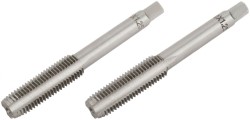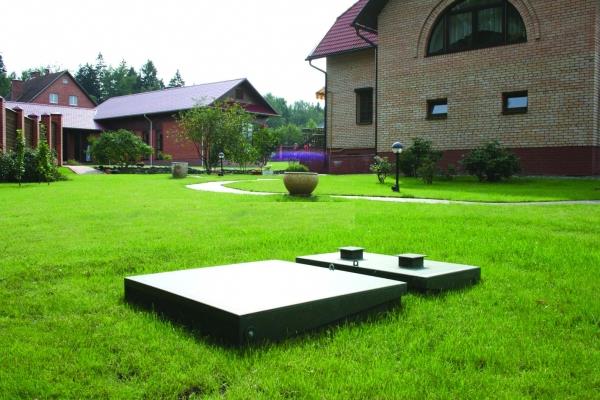Interesting information about hybrid technologies from Hyundai: what you need to know
 The electrification of vehicles is growing at a rate never seen before. Of particular interest are hybrid vehicles that combine internal combustion engines and electric motors.
The electrification of vehicles is growing at a rate never seen before. Of particular interest are hybrid vehicles that combine internal combustion engines and electric motors.
Hyundai produces a variety of hybrid models and has now demonstrated how the current generation powertrain works on the Tucson and Santa Fe SUVs.
The term "hybrid" (HEV - Hybrid Electric Vehicle) refers to a vehicle that has several combined energy sources. The HEV is equipped with an internal combustion engine, at least one electric motor and a traction battery. HEV is designed to recognize when the driver wants to accelerate. When pulling away and at lower revs, only the electric motor is normally used. If you press the right pedal harder, the internal combustion engine will immediately start.
HEV does not require an external power source to charge the high voltage battery. Instead, electrical energy is generated through regenerative braking (regeneration). Therefore, electricity is obtained by converting the kinetic energy resulting from braking, stopping or momentum when moving down.
The Plug-in Hybrid Electric Vehicle (PHEV) is based on the same basic design as the HEV, but with some of the advantages of a pure battery electric vehicle. Unlike the HEV, the PHEV is equipped with a larger high-voltage battery that provides more range on pure electric electricity.
In addition, plug-in hybrids allow you to charge the battery from an external power source. The PHEV can also be driven purely electrically over a longer distance, but automatically switches to the internal combustion engine depending on the road or driving conditions.
In conventional internal combustion engines, the power generated by the engine is transferred to the wheels through a transmission. HEV and PHEV, on the other hand, generate power from two sources using an electric motor between the internal combustion engine and automatic transmission. This electric motor supports the internal combustion engine and improves its acceleration and fuel efficiency.
In many HEVs and PHEVs, the high-voltage battery required for operation is separate from the vehicle's normal 12-volt battery. In Hyundai HEV models, both batteries are combined into one unit and installed under the second row of seats. The 12-volt batteries on PHEV models are located under the boot floor. This results in two advantages for electric SUVs - on the one hand, it provides more trunk space, on the other hand, the center of gravity is closer to the center of the car, which improves maneuverability and controllability.
The engine performance and fuel efficiency of the Hyundai HEV and PHEV models are optimized with the 1.6 T-GDI Smartstream engine. It features CVVD (Continuously Variable Valve Duration) technology introduced in 2019. According to the manufacturer, this innovative valve control technology is the only system that can adapt the valve opening duration to the prevailing driving conditions. The technology is expected to improve productivity by 4 percent and improve fuel efficiency by 5 percent, as well as reduce emissions by 12 percent.
http://www.hyundaibook.ru/en/Tucson/LM - Hyundai Tucson 2 repair manual.









